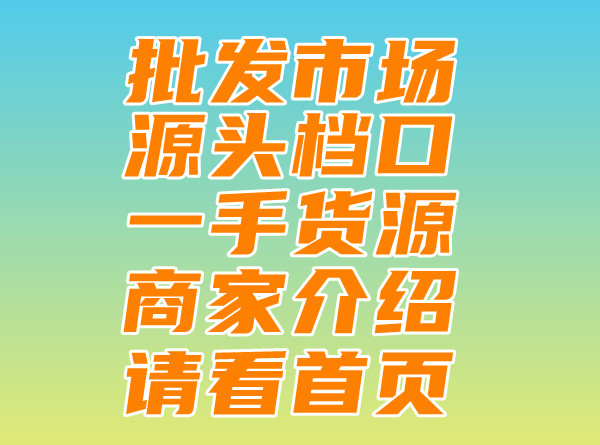"One-to-One Replica Luxury Goods: A Comparative Analysis"
"One-to-One Replica Luxury Goods: A Comparative Analysis",
One-to-One Replication of Luxury Goods: A Comparative Analysis
In the realm of high-end fashion and luxury goods, the concept of one-to-one replication has become increasingly prevalent. This practice involves the meticulous replication of authentic luxury items, aiming for a nearly identical aesthetic and quality. Such replicas are often touted as an affordable alternative to the genuine luxury goods, attracting customers looking for a similar luxurious experience without the high price tag.
The Appeal of One-to-One Replication
The luxury market is known for its exorbitant prices and exclusive designs. However, the rise of one-to-one replicated luxury goods offers consumers an opportunity to own a nearly identical version of these luxurious items without breaking their bank. These replicas are carefully crafted to mimic the original designs, materials, and often even the branding details. They provide a satisfying alternative for those who admire luxury goods but find their prices inaccessible.
When comparing genuine luxury goods with their one-to-one replicated counterparts, several aspects need to be taken into consideration. Quality is often a primary factor, as replicated items aim to replicate the original's craftsmanship and material quality. However, achieving an exact match is challenging, and there may be subtle differences in terms of material quality, workmanship, and overall durability.
Another aspect to consider is the value for money. While genuine luxury goods often come with a high price tag, the replicated versions offer a more affordable option. This difference in pricing is significant, with some replicated items being offered at a fraction of the original price. However, consumers must weigh up the cost against the quality they are receiving and determine if the replica offers adequate value.
Furthermore, there are ethical considerations to bear in mind. The production of replicated luxury goods often involves intellectual property issues, as well as labor conditions that may not always be transparent or ethical. Purchasing genuine luxury goods supports sustainable manufacturing practices and ensures that you are not contributing to unethical labor practices.
In conclusion, one-to-one replication of luxury goods provides consumers with an affordable and often attractive alternative to genuine luxury items. However, when considering this option, it is essential to carefully evaluate the quality, value for money, and ethical implications involved. While replicas may offer a cost-effective solution, they may not always offer the same level of quality, sustainability, and authenticity as genuine luxury goods.

- Retro Piggy Bag: A Classic Revival 这个标题简洁明了,包含了关键词“复刻版小猪包”,同时符合英文标题的规范。
- Title: "LV Bucket Bag Authenticity and Replica Quality Evaluation" 这个标题涵盖了您提到的关键词,并对LV水桶包的真假复刻进行了简洁的概括和描述。
- Is the LV Replica Bag Authentic?
- Latest Replica Bags in Guangdong: Top Recommendations
- "Guangzhou Emoticon Replication Training" 这个标题简洁明了,准确地涵盖了关键词“广州复刻表情包培训”,并且符合英文标题的写作规范。
- "Recreating the Nayuki Durians Delightful Bites"
- Premium Shoe & Bag Reproduction Manufacturers
- Differences between Replica Bags and Authentic Bags: Quality, Origin & Value.


